Your Guide to Spring’s Best Produce (And How Not to Mess It Up)
I’ve spent decades in professional kitchens, and let me tell you, the rhythm of the seasons is everything. Winter is all about those slow, comforting braises and deep flavors from root vegetables. But then, something shifts. You can almost feel it in the air. The first farm deliveries of early spring arrive, and the heavy boxes of potatoes and squash are replaced by something vibrant, green, and delicate. This, right here, is the real start of the cooking year. It’s time for a lighter touch and brighter flavors.
In this article
People always ask if seasonal eating is just a trend, especially when you can get strawberries year-round. Honestly, it’s about flavor and respect for the ingredient. A true spring asparagus, for instance, grows incredibly fast, pushing sugars up from its roots. That’s why it’s so sweet and tender. That strawberry you see in the dead of winter? It was likely picked hard and green thousands of miles away and gassed to turn it red. It looks like a strawberry, but it’s a hollow copy with none of the soul.

So, think of this as the cheat sheet I give to my new cooks. We’re going to cover how to pick the best of the best at the market, how to store it so it doesn’t go bad, and how to cook it simply to let its natural quality shine.
Green Garlic & Ramps: The First Hint of Spice
Long before you see proper garlic bulbs, the plant sends up these gorgeous green shoots that look a lot like scallions. That’s green garlic. It has a lovely, mild garlic flavor without any of the harshness of a mature clove. For us in the kitchen, it’s the official signal to switch from dried, potent aromatics to something fresh and alive.
When I’m at the farmers market, I look for green garlic with firm, bright green tops and clean white bulbs. If the leaves are wilted or yellow, just walk away. Give the bulb a gentle squeeze—it should be firm, never mushy. Ramps, their wild cousin, are a bit more elusive and, frankly, expensive. You’re looking at anywhere from $15 to $25 a pound when you can find them. They have broad, flat leaves and a small purplish-white bulb. Their smell is an incredible mix of garlic and onion. Heads up: only buy ramps from folks who harvest them sustainably. Over-harvesting is a real problem.
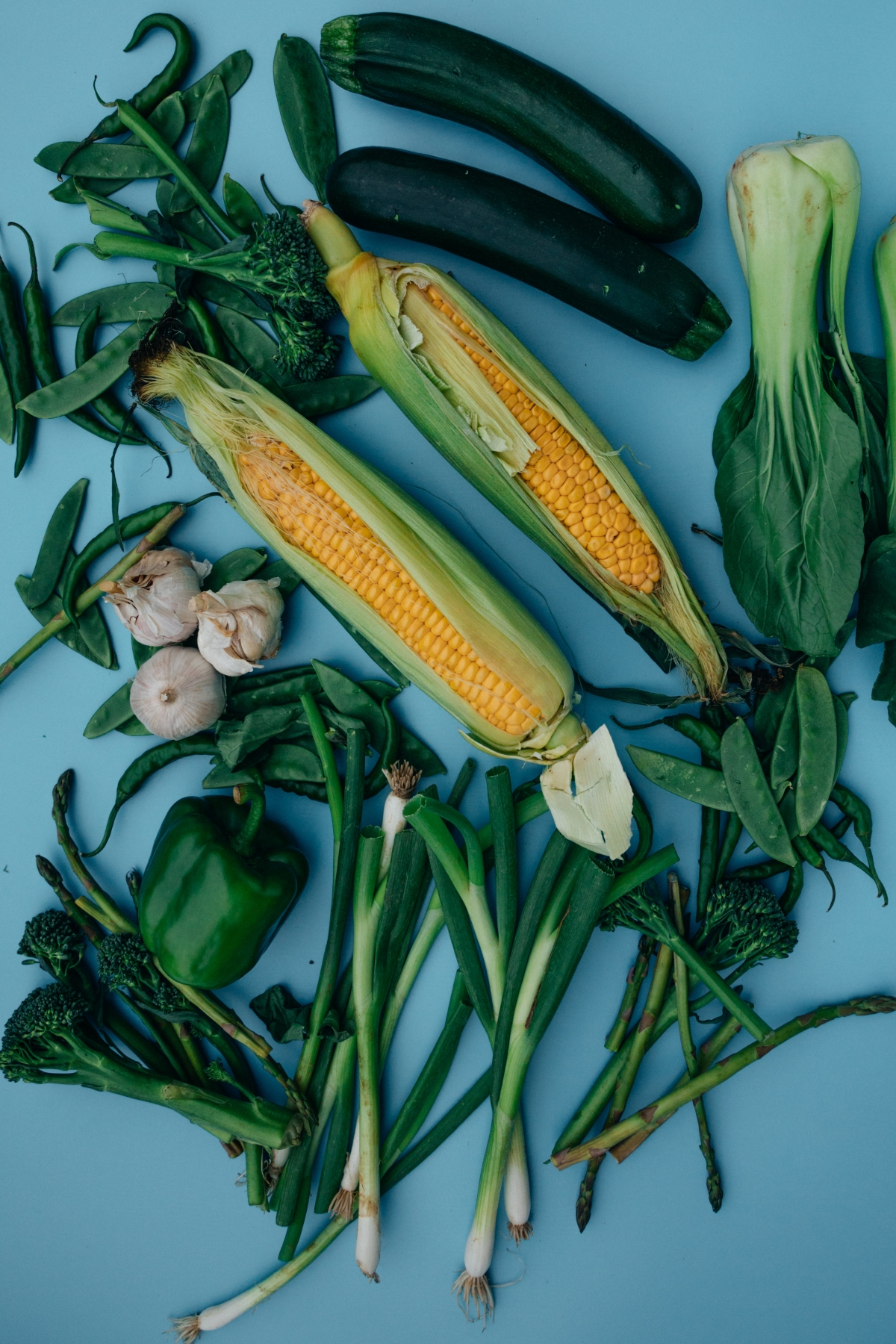
Storage & Prep: Treat green garlic like an herb. Wrap the bulbs in a damp paper towel, pop the whole thing in a plastic bag, and stick it in your crisper drawer. It’ll last about a week, but it’s best in the first few days. Don’t wash it until you’re ready to use it, because moisture is the enemy.
The entire plant is edible. Just trim the very end of the root and any sad-looking green tips. I usually slice the tender white and light green parts to use raw in vinaigrettes or sauté them as a base for a sauce. The tougher dark green tops are perfect chopped fine and thrown in at the end of cooking, just like chives.
Pro-Tip & Substitutions: Can’t find green garlic? Don’t sweat it. A great substitute is to use the green tops of scallions (for that fresh, green flavor) combined with one finely minced clove of regular garlic (for the bite). It gets you about 90% of the way there.
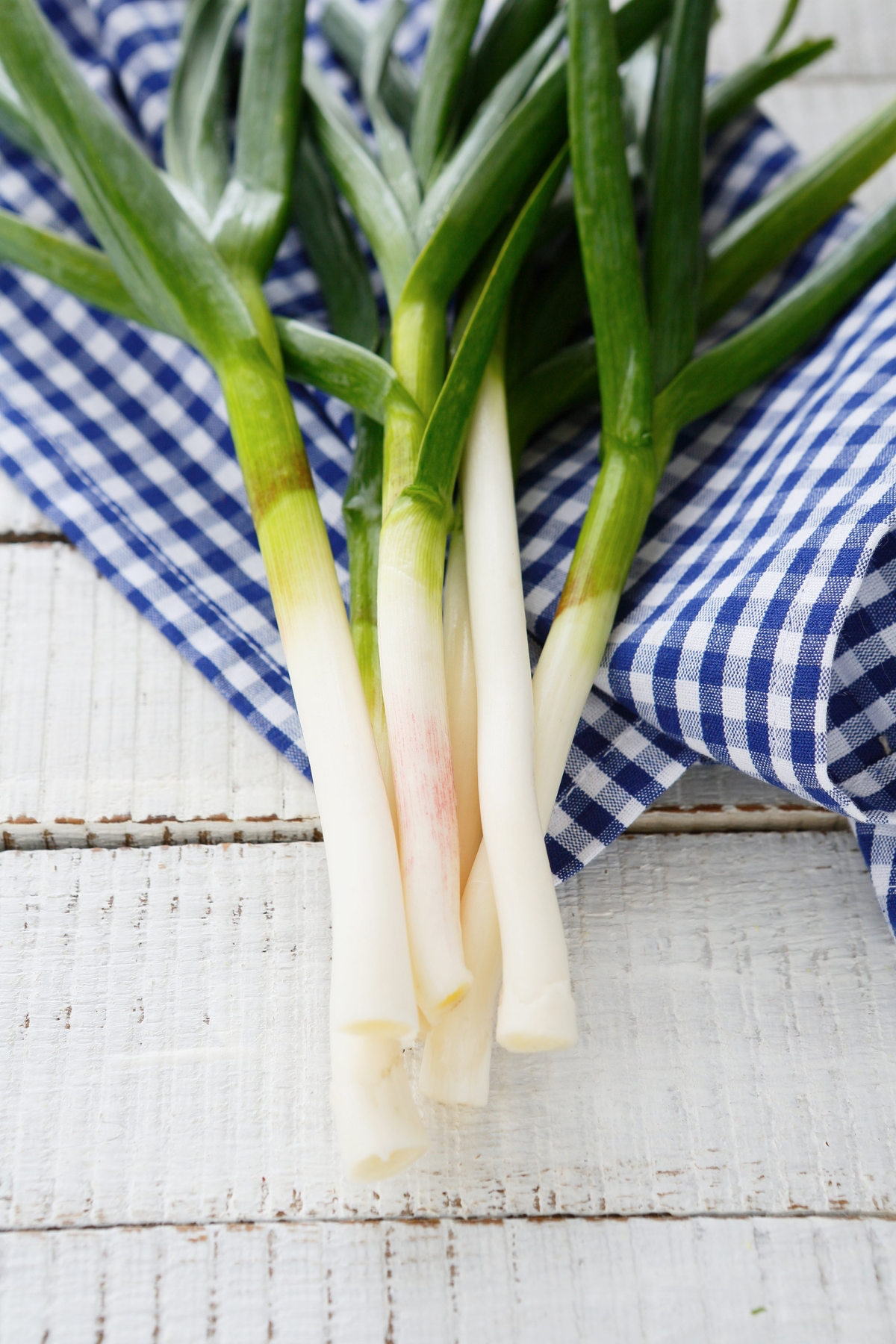
A Recipe to Try: A favorite in my kitchen is a simple green garlic soup. To serve about four people, I’d gently sweat one whole bunch of sliced green garlic (the white and light green parts) with one medium leek and one small, diced potato in butter. Add some light chicken or veggie stock, simmer until the potato is tender, and blend until it’s velvety smooth. Then, I’ll add the chopped dark green tops with a splash of cream and blend again for just a second. The result is this stunning, vibrant green soup with layers of amazing flavor.
Asparagus: The King of Spring
Nothing screams “spring” quite like asparagus. It grows so fast—sometimes inches in a day—that it doesn’t have time to get tough and woody. When a case of asparagus arrives, the first thing I do is check the tips. They should be tight and closed, not starting to flower or spread out. The stalks should be firm, straight, and snap cleanly when you bend them. If it’s limp and rubbery, it’s old. A fresh bunch will run you about $3 to $5 at the grocery store or market.
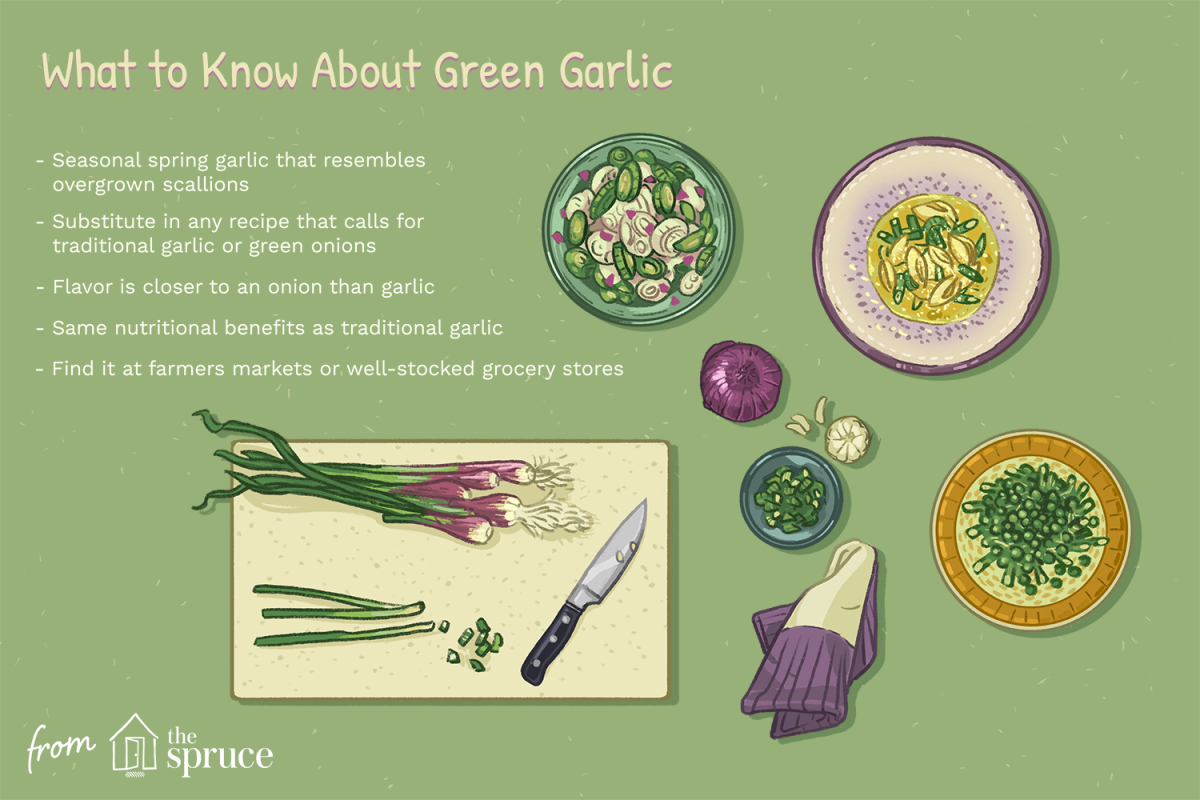
A Common Mistake: Roasting asparagus is fantastic, but a lot of people crowd the pan. When you do that, the asparagus steams instead of roasts, and you end up with something soggy and drab. Give those spears some space! Let the hot air circulate around each one.
Here’s a fun little challenge. Next time you’re at the store, buy one bunch of perfect-looking asparagus and one that looks a little tired. Go home and try the snap test. You will feel the difference immediately. That’s your new market superpower.
Storage & Prep: This is an ingredient that starts to fade the second it’s picked. The best way to store it is like a bouquet of flowers. Seriously. Trim a half-inch off the ends, stand the stalks upright in a jar with an inch of water, and cover the tops loosely with a plastic bag in the fridge. It’ll stay crisp for up to four days this way.
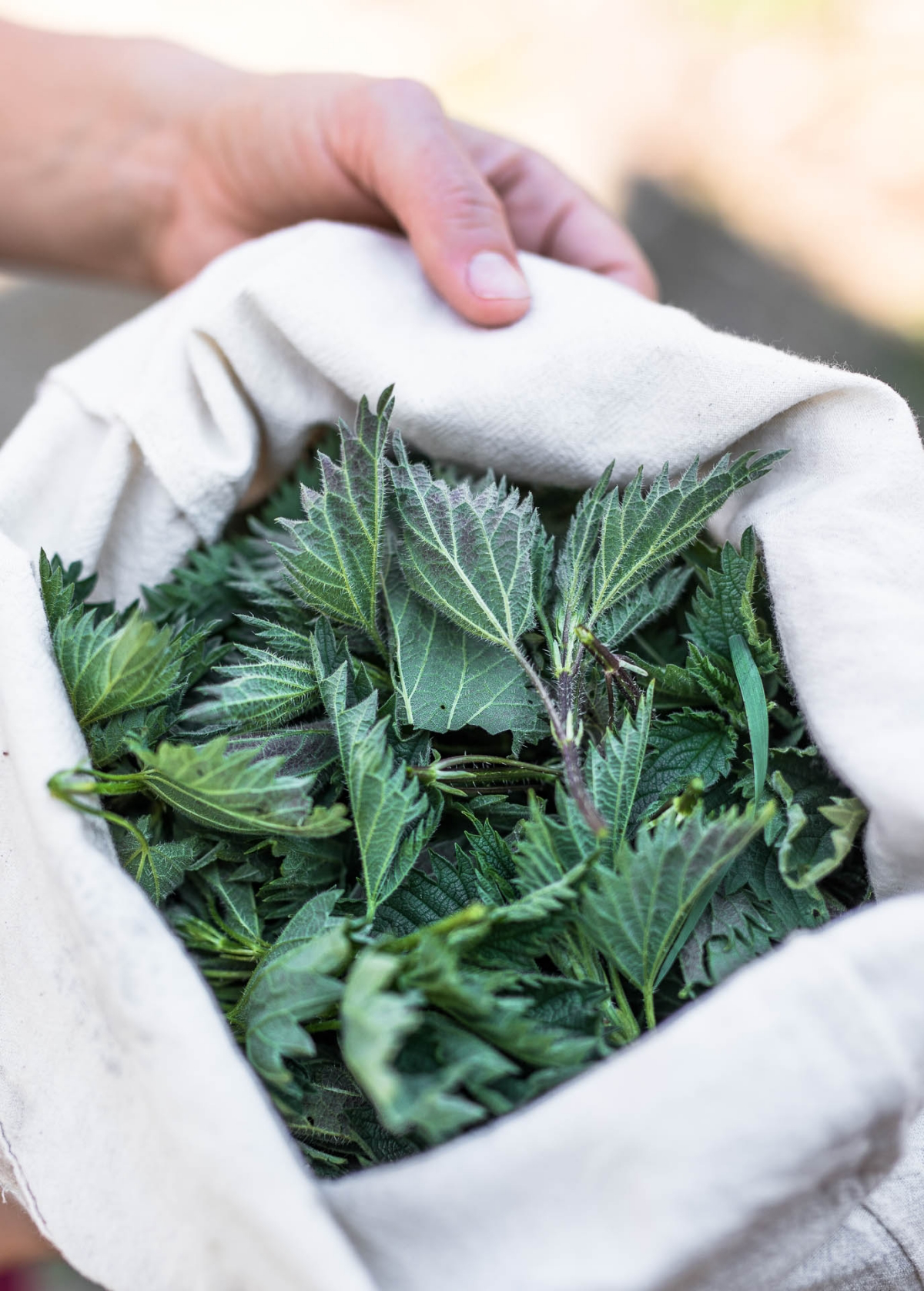
The easiest way to prep is to just hold the spear in both hands and bend it. It will naturally snap right where the tender part ends and the woody part begins. For cooking, please don’t overdo it. My go-to is blanching. Drop the spears in a big pot of boiling, salted water for 2-4 minutes (thinner ones might only need 90 seconds). Immediately scoop them out and plunge them into a bowl of ice water. This stops the cooking and locks in that gorgeous green color.
Spring Peas: A Sweet and Fleeting Treat
Forget the mushy canned peas of your childhood. Fresh spring peas are a different animal entirely, with a season that can be just a few short weeks. When they show up, we use them everywhere.
Just so we’re clear, there are three main types you’ll see:
- English Peas: These are the classic round peas you have to shell. Look for pods that are plump, bright green, and feel velvety.
- Sugar Snap Peas: These have a thick, crunchy, and completely edible pod. The key is in the name—they should snap cleanly when you break one.
- Snow Peas: These are the flat, tender, edible pods you often see in stir-fries. They should be flexible but not limp.
A Common Mistake: Shelling English peas a day or two in advance. I get it, you want to prep ahead. But the moment a pea is picked, its sugars start turning to starch. For the sweetest flavor, shell them right before you cook them. By the way, plan for about 15-20 minutes to shell a pound of peas, it’s a great task to do while watching TV.
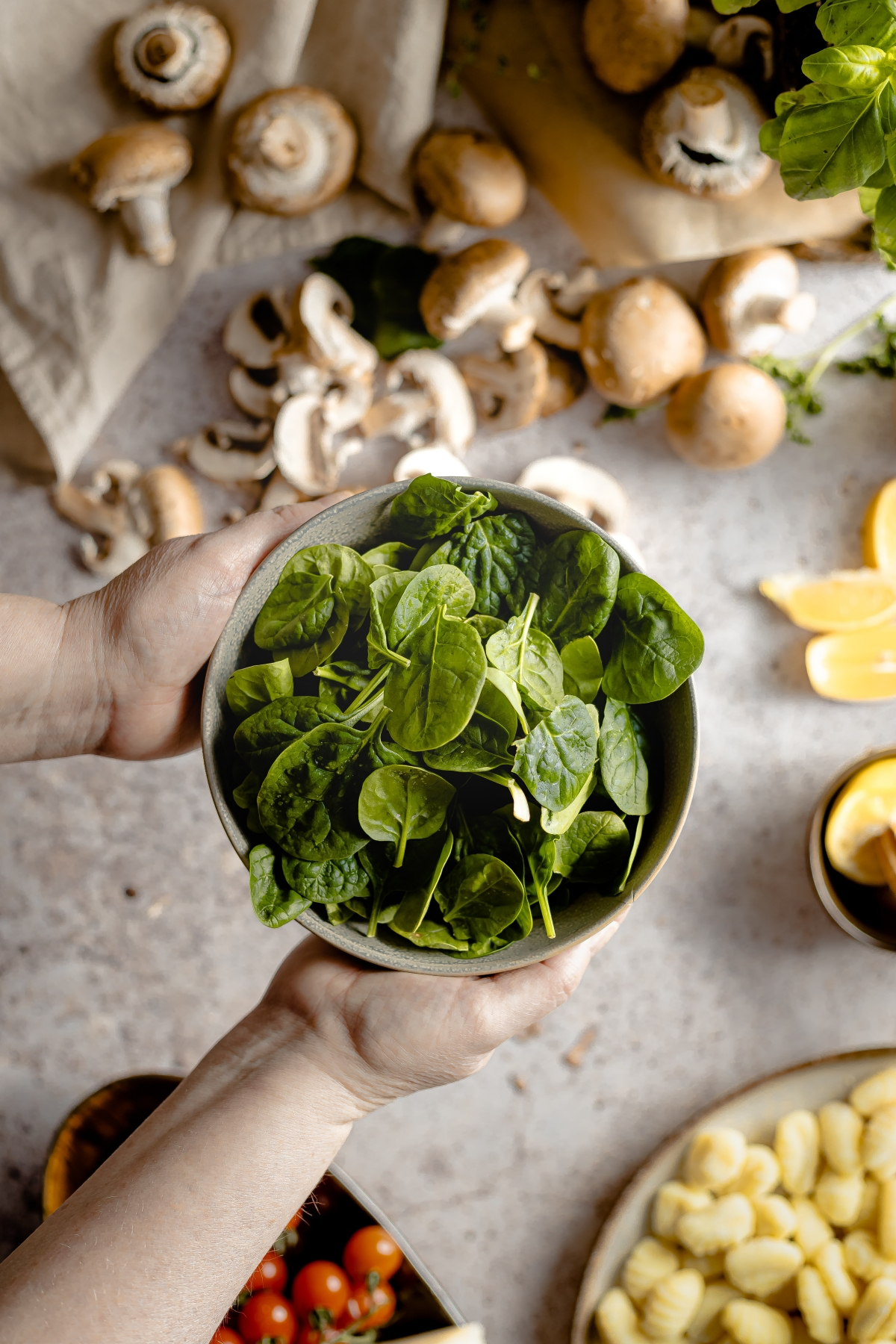
Storage & Prep: Peas wait for no one. Get them into a perforated plastic bag in the coldest part of your fridge and use them within two days. A pound of fresh English peas in the pod will cost around $4 to $6 and yield about one cup of shelled peas. Once shelled, they only need a quick 1-2 minute blanch in boiling water, followed by an ice bath. Snap and snow peas are great raw or can be stir-fried for just a minute to keep their crunch.
A Recipe to Try: For a restaurant-quality pea purée, blanch a cup of fresh-shelled English peas with a few mint leaves. Blend them with a knob of butter and a touch of cream until it’s perfectly silky. It’s an amazing, sweet base for seared scallops or a piece of roasted cod.
Stinging Nettles: The Wild Child
Nettles are one of my absolute favorite spring ingredients, but you have to respect them. I once saw a young cook try to taste a raw leaf… his mouth was tingling for an hour. You only make that mistake once.
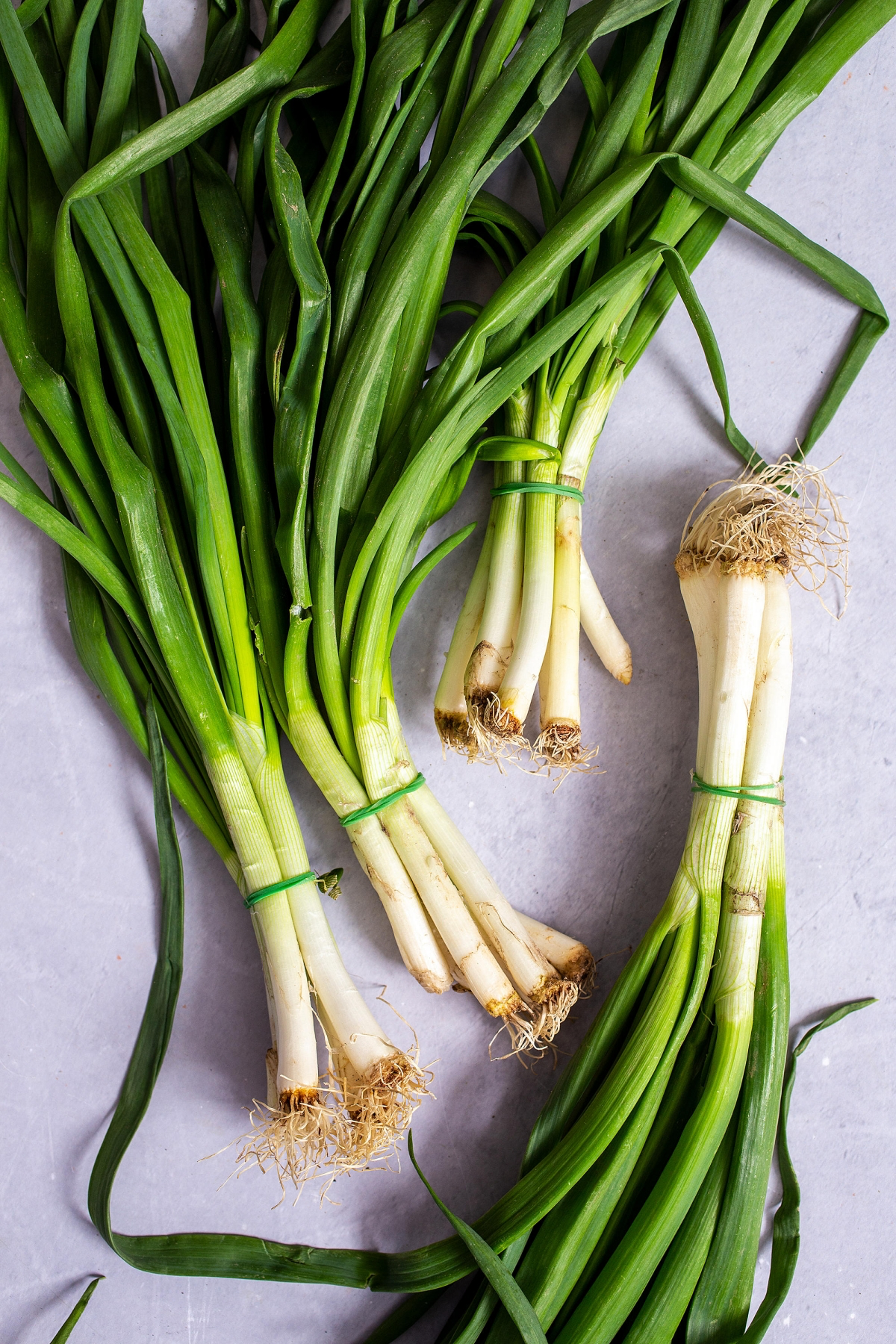
You’ll usually find these at a farmers market for about $5-$8 a bunch. Look for young, tender tops with deep green leaves. And this is the most important part: NEVER handle raw nettles with bare hands. They’re covered in tiny hairs that will sting you. Always use thick gloves or tongs.
Good news, though: cooking completely neutralizes the sting, leaving you with something that tastes like a mix of spinach and cucumber. It’s delicious and packed with nutrients. To prep them, wear your gloves and wash them well in cold water to get rid of any grit. Then, drop them into a pot of boiling salted water for 60-90 seconds until they’re fully wilted. Use tongs to move them to an ice bath. Once they’re cool, you can handle them safely. Squeeze out all the excess water, and they’re ready to be chopped and used like spinach.
Radishes: A Spicy, Crunchy Bite
Radishes are often the first root out of the ground in spring, and their peppery crunch is a welcome change of pace. I look for firm, smooth radishes with no cracks. If the greens are attached and look fresh (not wilted), that’s a great sign it was just picked. A bunch usually costs about $2-$3.
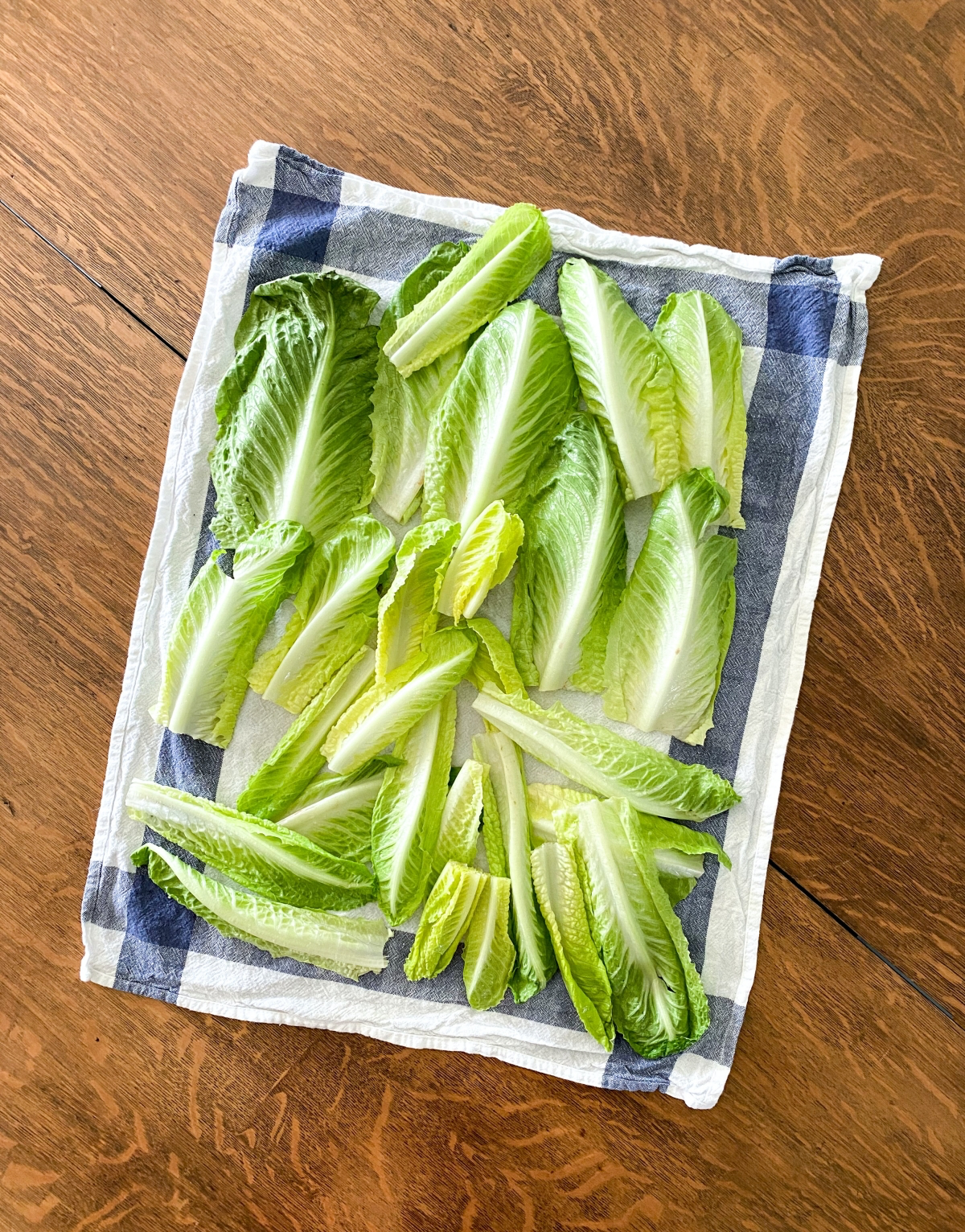
Storage & Prep: As soon as you get home, cut the greens off! The leaves will suck moisture right out of the radish, making it spongy. Store the radishes in a bag in the crisper. And don’t throw those greens away—they’re delicious and basically free food! Just sauté them with a little olive oil and garlic as you would with spinach.
The spicy kick in a radish can vary, but here’s a foolproof way to enjoy them.
Your 2-Minute Spring Appetizer: I’m serious, this is one of the best things on earth. Take a perfect, crisp radish. Slice it. Get the best salted butter you can find and smear it on top. Finish with a sprinkle of flaky sea salt. The fat from the butter mellows the spice perfectly. It’s simple, elegant, and the absolute taste of spring. Trust me on this.
Oh, and if you’re slicing them for a salad, a mandoline is your best friend for paper-thin cuts. But please, for the love of all that is holy, use the hand guard. I’ve seen way too many kitchen injuries from a careless slip.
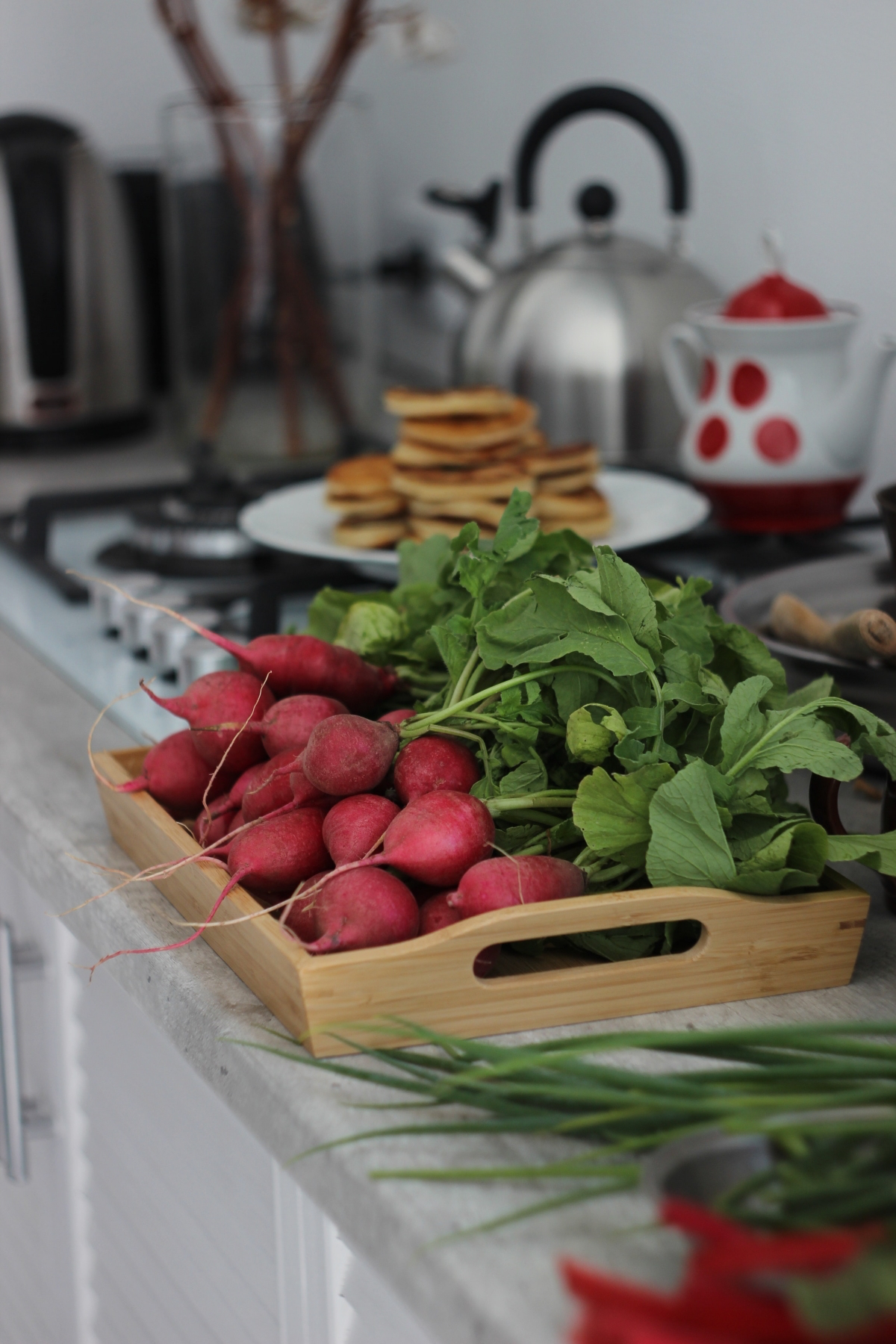
A Final Thought…
You don’t need a ton of fancy gear for spring produce. A sharp knife and a big pot are your best friends. But if I can recommend one tool, it’s a salad spinner. It’s not a gimmick. Getting your greens and herbs perfectly dry is the secret to a good dressing that actually clings to the leaves instead of pooling in the bottom of the bowl. It’s a worthy investment, probably about $25-$40, and you’ll find them at places like Target or online.
Working with these ingredients is a partnership. Your job as a cook is simpler than you think: get the best stuff you can find, and don’t mess it up. Let the ingredient do the talking.
Inspiration:
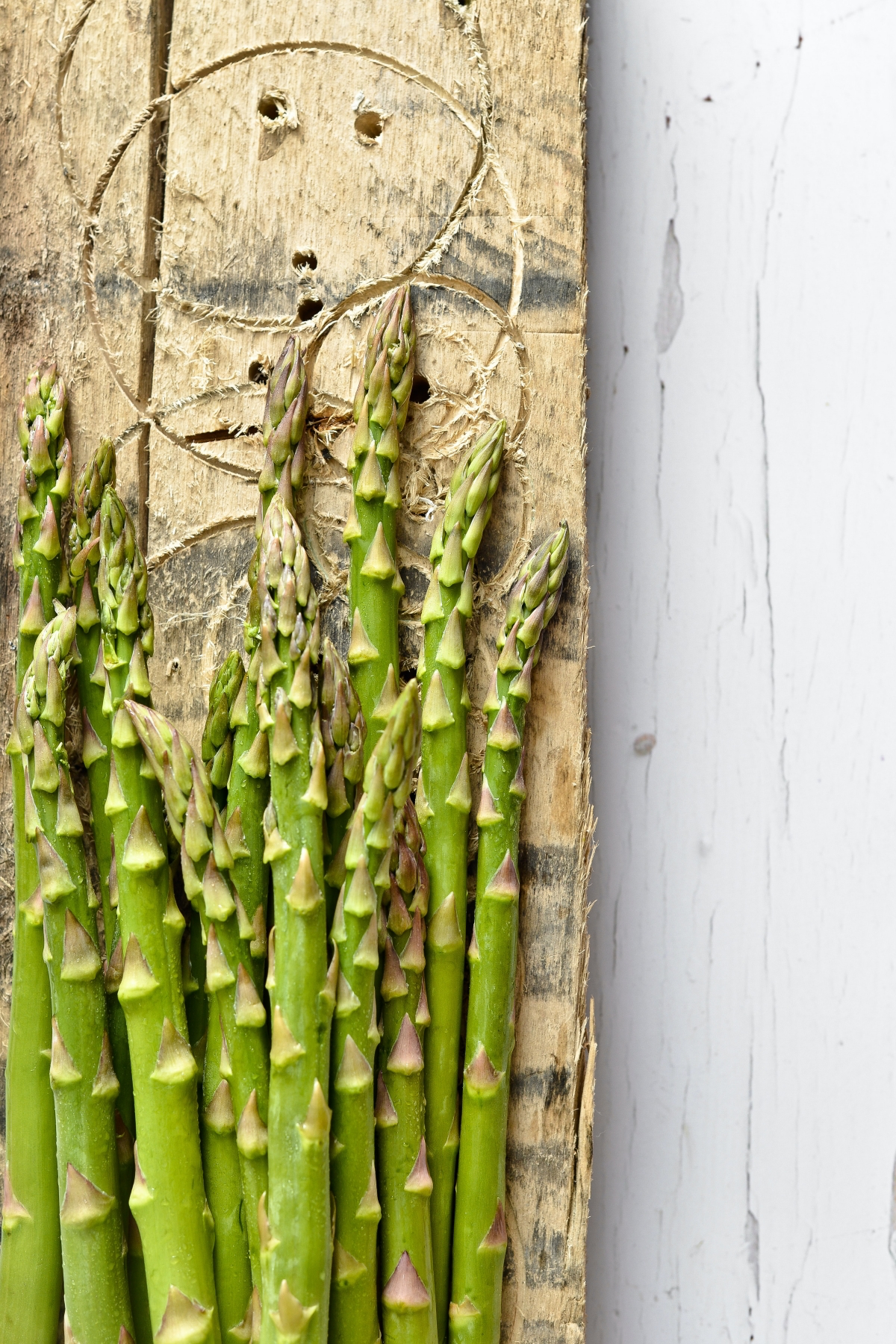
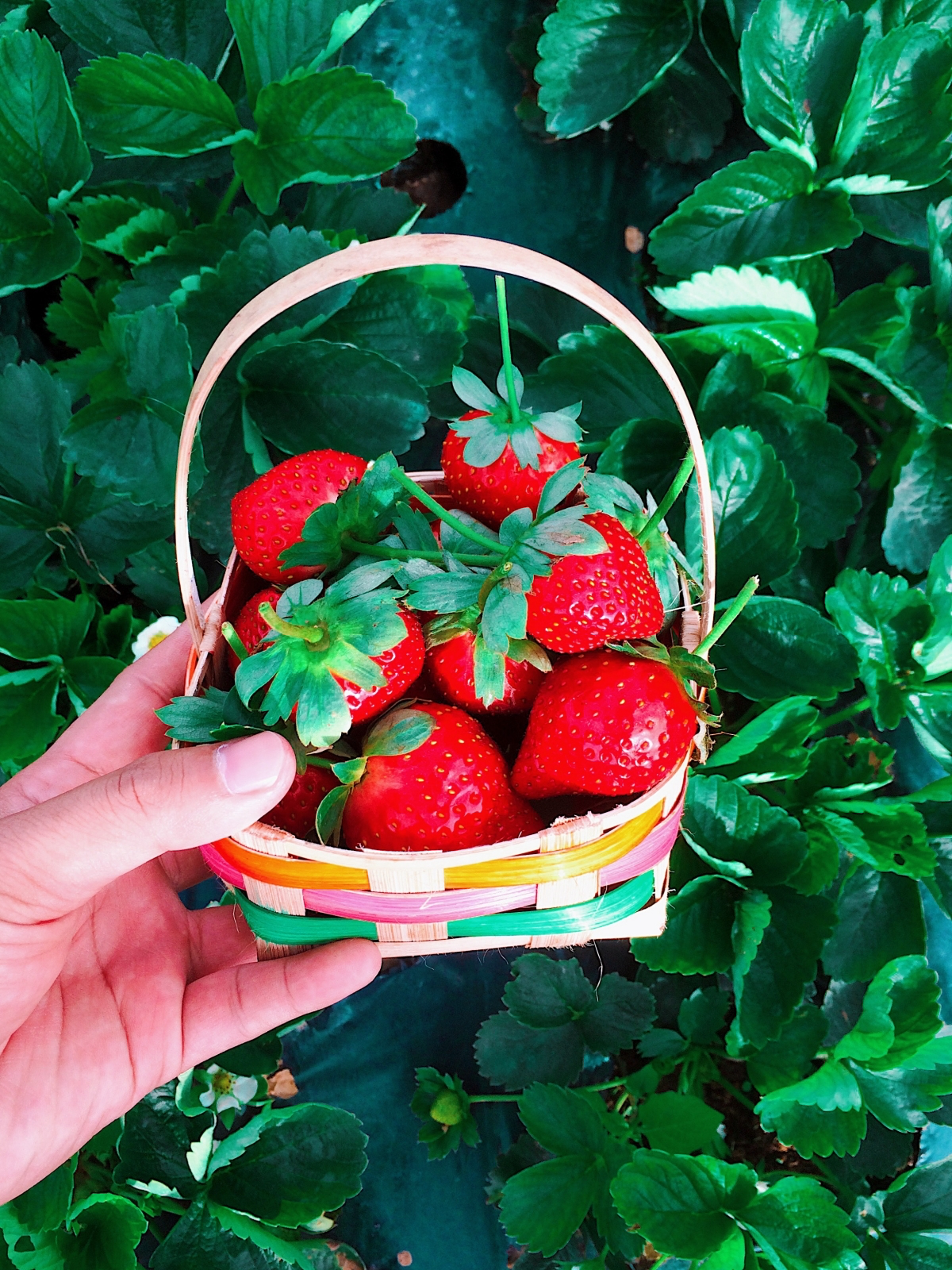
How do I stop my delicate spring greens and herbs from wilting in the fridge?
The key is managing moisture. For sturdy herbs like parsley or cilantro, trim the stems and stand them upright in a jar with an inch of water, like a bouquet. For delicate salad greens or spinach, avoid washing them until just before use. Store them in a hard-sided container lined with a dry paper towel to absorb excess moisture, which is the primary cause of sliminess and decay. This simple step can easily double their lifespan.
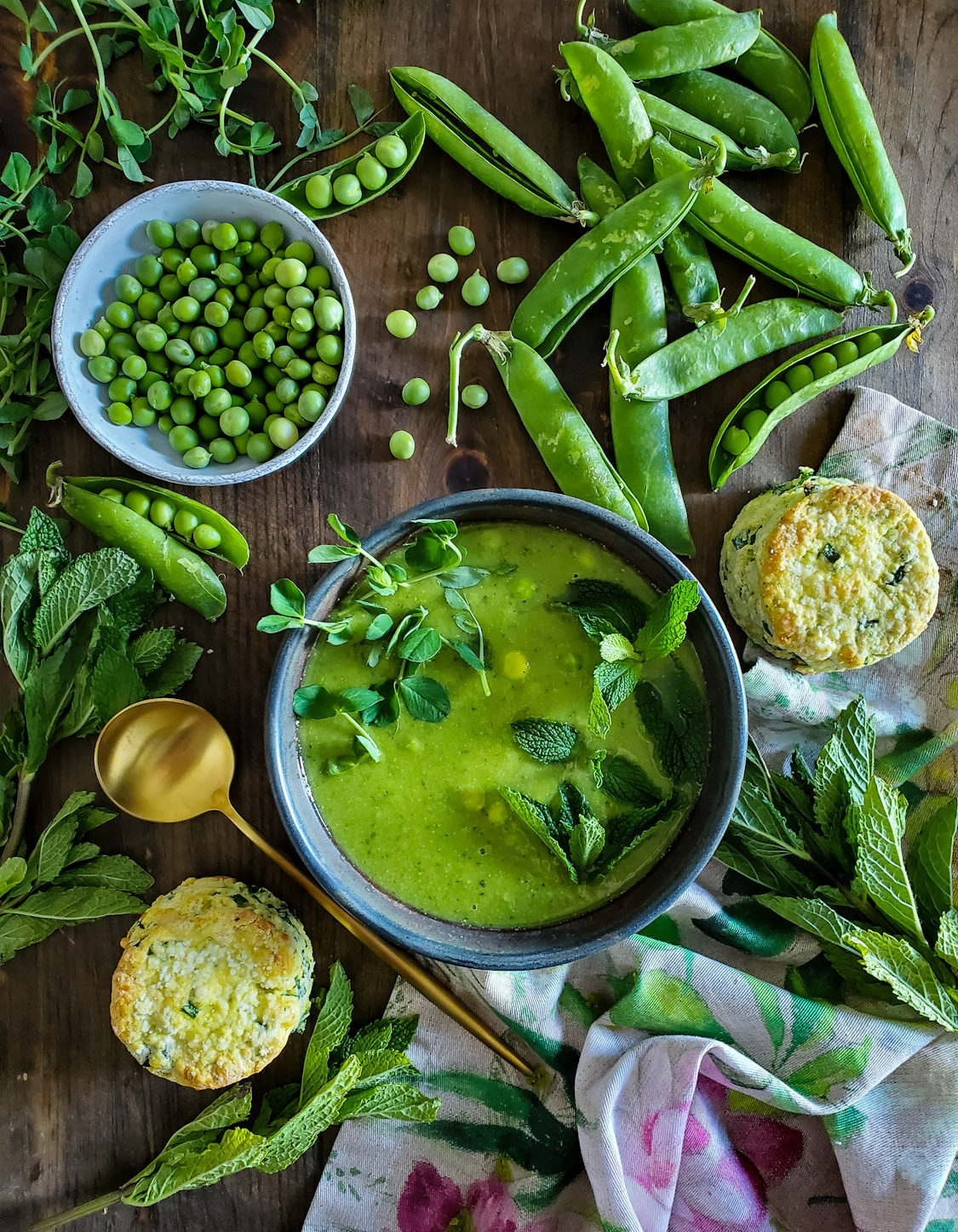
“Let things taste of what they are.”
This simple philosophy from chef Alice Waters is the ultimate guide for spring cooking. Instead of complex sauces, let the sweet, earthy flavor of a freshly picked asparagus spear or the peppery crunch of a radish be the star. A drizzle of quality olive oil, a squeeze of lemon, and a sprinkle of sea salt is often all you need.
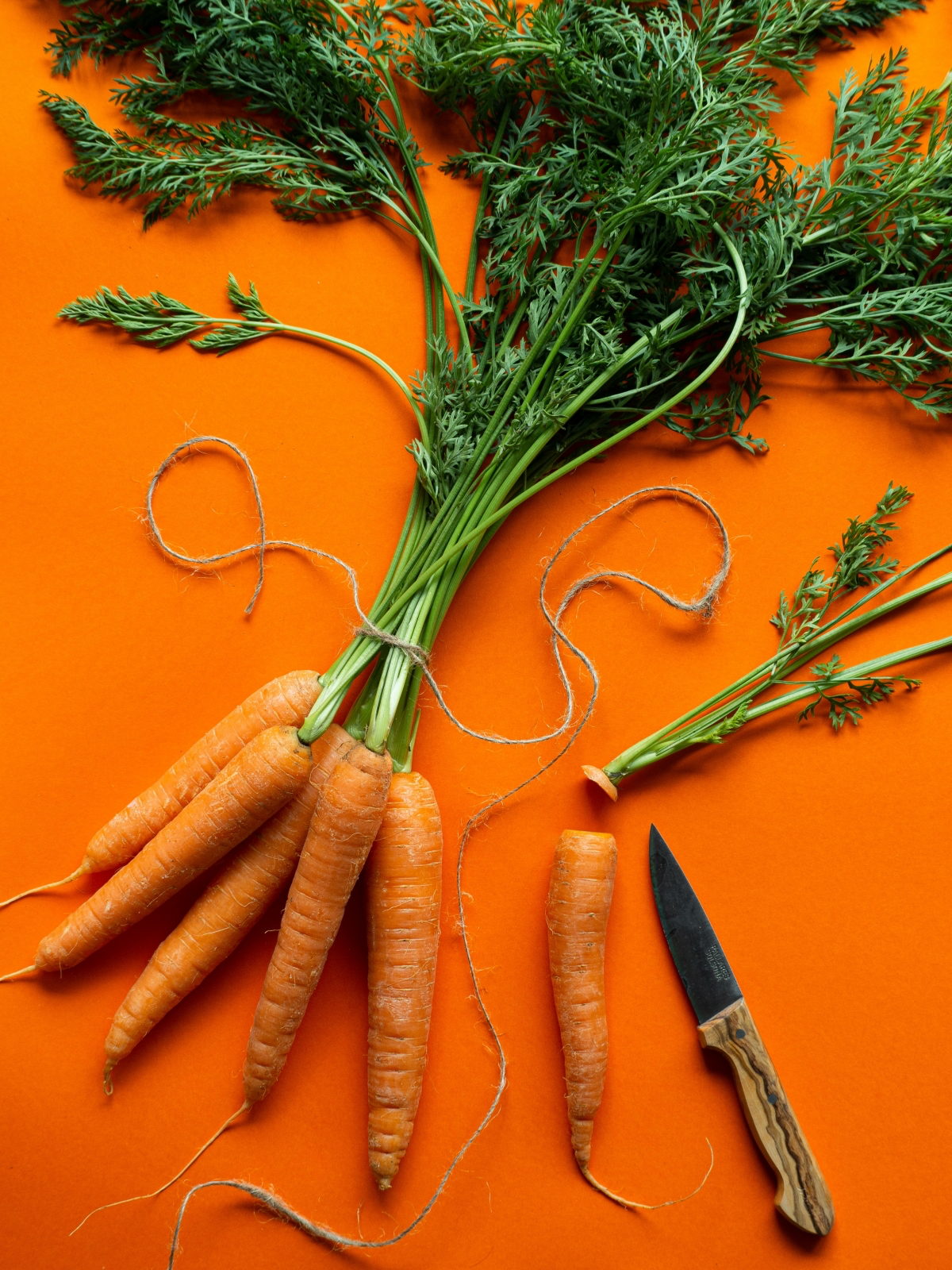
The Pro’s Choice: For whisper-thin slices of radish, fennel, or spring onions that elevate any salad, chefs swear by a Japanese mandoline. Unlike clunky Western models, a brand like Benriner is lightweight, incredibly sharp, and straightforward. It’s the secret to achieving that professional, uniform texture that makes simple ingredients look and taste spectacular.
The Budget Alternative: A high-quality Y-peeler, like the classic Kuhn Rikon, can create beautiful, wide ribbons from asparagus or carrots, offering a different but equally elegant texture for a fraction of the price.
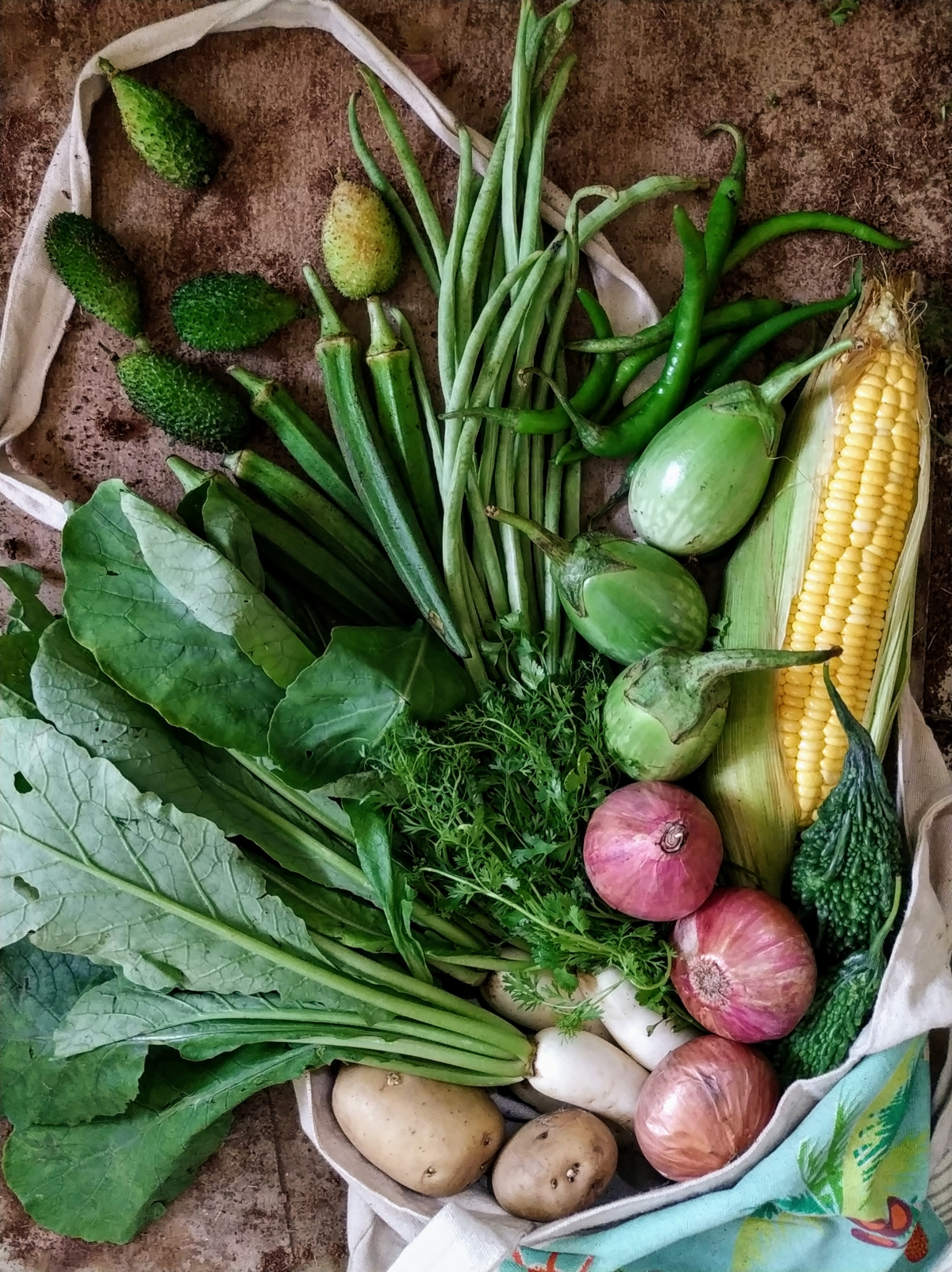
Found a beautiful bunch of ramps or green garlic but can’t use it all at once? Make a vibrant, flavor-packed oil to capture their essence for weeks to come.
- Gently wash and thoroughly dry your ramps or green garlic.
- Roughly chop them and combine with a neutral oil (like grapeseed or sunflower) in a blender—about one part greens to two parts oil.
- Blend until smooth, then gently warm the mixture in a small saucepan over low heat for 5-10 minutes. Do not let it boil!
- Strain through a fine-mesh sieve or cheesecloth and store in a clean, airtight jar in the refrigerator.
- Vibrant, jewel-toned colors are preserved.
- A satisfying, crisp-tender texture is locked in.
- Nutrients are retained far better than with prolonged boiling.
The technique? A quick blanch and shock. Plunge vegetables like peas, asparagus, or fava beans into boiling salted water for just 1-3 minutes, then immediately transfer them with a slotted spoon to a bowl of ice water to stop the cooking process cold. It’s the single most important trick for perfect spring vegetables.










